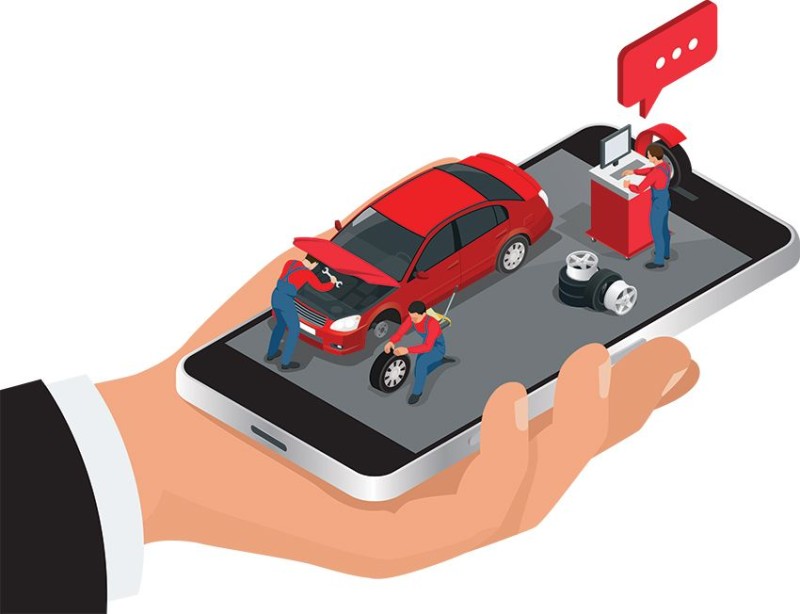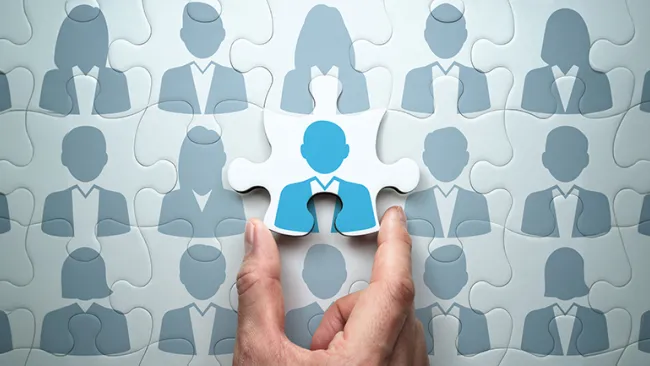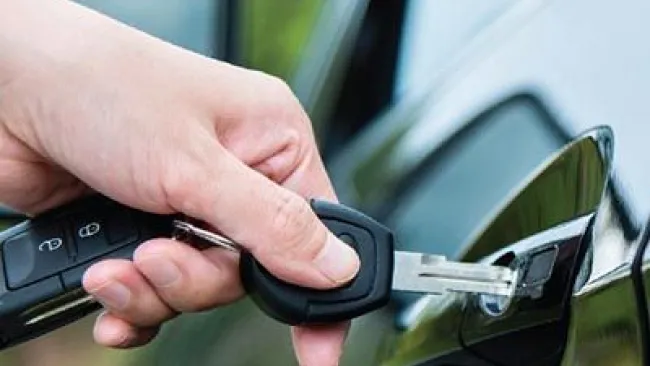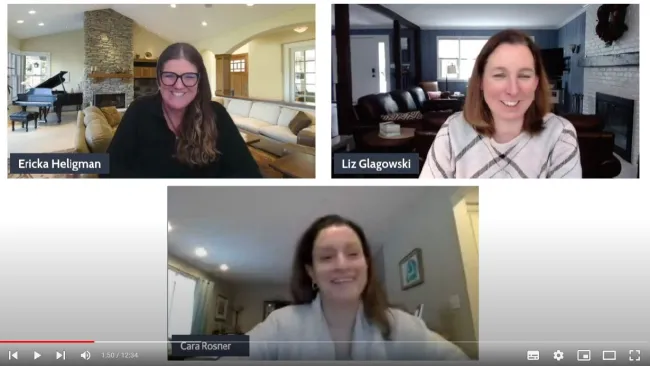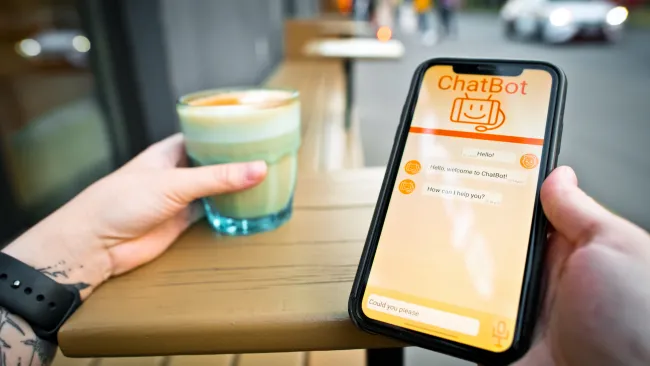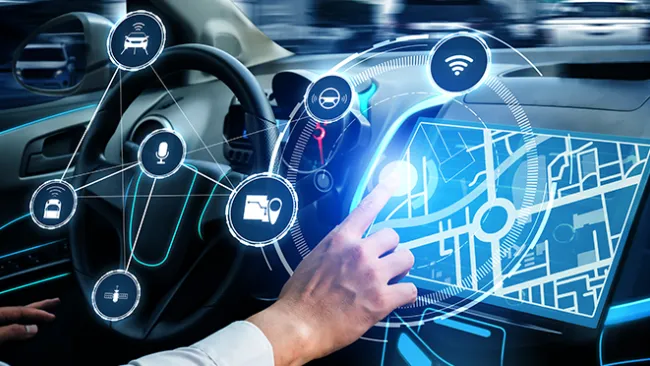In today’s omnichannel environment, a company’s customer service must be available whenever and wherever the customer wants. In the B2B space, where the transactions are costlier, the products are essential for operations, and service needs to be quickly available, the right channel is essential. According to the State of the Connected Customer report by Salesforce, around 80 percent of B2B consumers expect real-time interactions with companies.
But when it comes to innovative and digitally active companies, automotive service equipment manufacturers may not come to mind. Hunter Engineering, a leading manufacturer of alignment equipment, tire changes, and inspection units, is changing that.
Boasting a force of around 1,000 representatives, it has one of the largest automotive services and sales teams in the U.S. But it needed new tools and capabilities to best reach its valued customers. Hunter Engineering’s website redesign spurred its foray into live chat, to the benefit of both the company and its customers.
Why live chat now?
In 2017 Hunter Engineering made it a priority to reinvent its web presence to match the needs of customers who wanted personalization and on-the-go customer service while retaining the same standards of customer care it was known for.
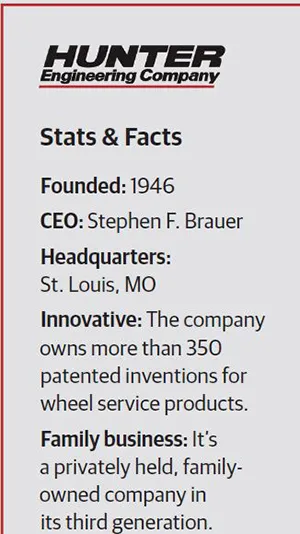
Leading the digitalization effort, Hunter’s Marketing Development Manager Madeline Triplett knew the first issue to overcome was its traditional foundation. Workers in the field are experts in the space and highly technical, some with decades of experience. But that expertise didn’t translate online immediately. The company didn’t have a proper avenue for customers viewing the website to immediately access customer service. The company prided itself on first- or next-day service for its B2B customers, so it wanted a customer service update that stayed true to its customer-centric philosophy.
“We realized that a vast majority of our customers were going to Hunter.com before they picked up the phone to call a salesman or call a service rep,” says Triplett. “So digital assets quickly became important for us to meet the need of where people are going first and foremost to get their information.”
In a webinar with Comm100, who partnered with Hunter to implement live chat, Triplett said the website redesign started with installing best practices like mobile optimized content and contact forms. While leads increased, productivity remained flat. Hunter Engineering saw live chat as the next logical step toward better personalization and quick service, allowing B2B customers to seamlessly connect with live associates while visiting the manufacturer’s website. The goal was to provide the same personalized touch a customer would get with an associate on the phone.
Hunter’s experience follows a trend in the B2B sector. According to Salesforce, 65 percent of B2B buyers may switch brands if the relationship does not feel personalized enough.
How live chat wins
Hunter Engineering’s live chat tool is configured to ask people to log in and identify their Zip Code. This way associates can learn who and where their customers are and deal with them more personally, including connecting them to their local sales rep if needed.
Following its implementation in 2018, live chat has already reshaped how customers and associates interact with Hunter Engineering. Triplett says the team focused on two areas that made it a successful digital redesign:
1. Hard questions, easy transfer. Hunter Engineering provides two layers of defense with its chat that are essential to the success of its interactions. First, it deploys expert customer service associates to take live questions. Chat associates can manage conversations themselves or pass them along to another associate if needed. Second, technical experts are on hand for more challenging issues. The concerned customer is handed off to this team seamlessly to ensure none of the progress is lost.
To keep a smooth interaction, a transcript is immediately emailed to an associate or technical expert when one portion of the chat is finished. The conversation history gives the associate or expert the necessary information to handle the request without having to ask the customer to repeat themselves. The recording ensures the customer loses nothing in translation while the associate can feel like they were on board from the start. This saves time, prevents friction, and ensures a more seamless conversation.
The configuration also allows associates to drop in and out of each other’s conversations for a handoff or joint effort. The transcript helps encourage a support system where associates can join each other when in need and know exactly where to take over.
2. Reduced sales cycle time. The introduction of live chat technology has also noticeably shortened Hunter Engineering’s typical sales cycle. Being a producer of extremely technical and essential car service devices, its products are a capital expenditure for B2B customers. These high costs create an environment that leads to more scrutiny during the buying process and extra time due to thorough research.
Yet compared to leads from contact forms or paid advertising, Hunter Engineering saw that the sales cycle for live chat was significantly shorter. The average sales cycle normally took a few months, Triplett said during the Comm100 webinar. Since live chat was introduced, several leads closed in days or weeks. Furthermore, more than 60 percent of Hunter’s live chat interactions involved sales leads.
This is credited to the immediacy and intimacy/personalization of the chat platform, which eliminates the wait time usually associated with a contact queue. As a result, potential buyers get the answers they want quickly and efficiently. This has helped the live chat team become as valued as traditional sales lead avenues.
An unexpected win
Hunter Engineering’s live chat feature also came to the rescue when it expanded to television brand awareness and advertising. During the webinar, Triplett announced that in 2018 the company partnered with the Velocity channel to produce a Hunter-themed episode on its show Motorhead Garage. After the episode aired, there were no tangible metrics to measure its success, apart from some word-of-mouth comments. Measuring website activity and live chat transcripts, however, she found that that live chat traffic shot up by 70 percent while the episode aired.
The example revealed that live chat platforms can open a new door for personalization and communication. Live chats during a TV show or real-time events can show that there are actual people behind the company.
“The way Hunter does [live chat] is very personal,” says Triplett. “There is never a doubt that you are talking to us.” There are no intrusive messages such as, “You’ve been transferred” that could make customers feel as if they are being tossed around needlessly without a person behind the interaction.
Don’t rush with technology ahead of customer experience
For all the new digital features that Hunter Engineering has introduced to its website, the company is walking before it runs. Despite the hype surrounding automated chatbot technology, the company is currently in the education phase of its chatbot journey. The company prides itself on hand-to-hand service, and as such, Triplett says the company wants to be sure that when the company does implement chatbots, the transition is as seamless as possible.
The past and future of CX meet
When Hunter Engineering was founded in 1946, the automobile was constantly being reinvented, and buyers rapidly moved on to the next best thing. The same now goes for the channels customers use. Adapting to channels that customers expect and providing personalization is a necessity. Hunter’s transition to live chat is a case of a traditional company intertwining its decades of experience with the future of customer service.


